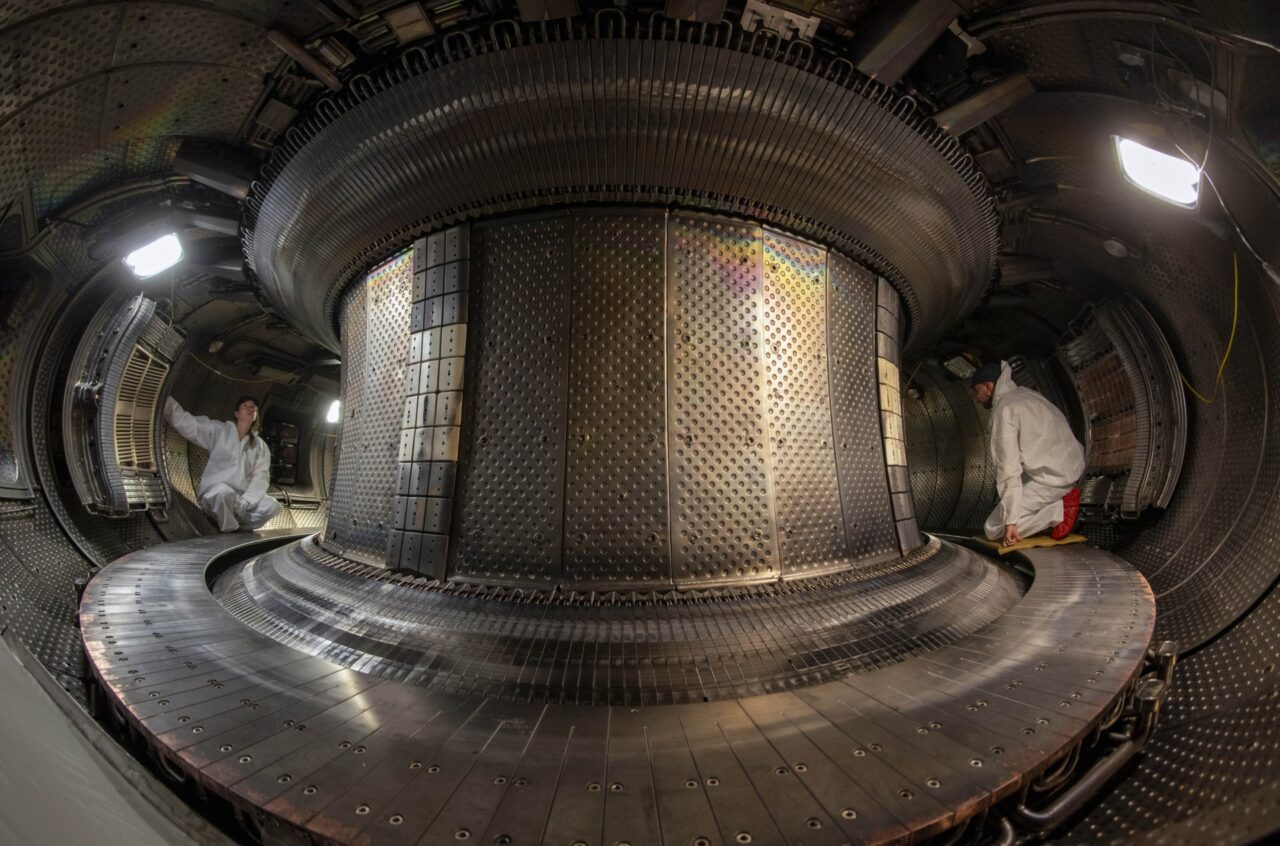A team of researchers at the Massachusetts Institute of Technology (MIT) has made significant progress in addressing a major challenge in achieving large-scale nuclear fusion. Their recent study, published on March 11, 2024, in the journal Nature Communications, focuses on improving the management of plasma in tokamak reactors, a crucial step towards harnessing fusion as a reliable energy source.
Nuclear fusion, the process that powers the stars, promises to provide a clean, safe, and virtually limitless form of energy. However, researchers have long struggled with controlling the plasma necessary for fusion reactions. The tokamak, a donut-shaped device that uses strong magnetic fields to confine plasma, has shown promise but also presents challenges. Among these is the need to safely control the plasma flow, especially when shutting down a reactor.
The plasma inside a tokamak can circulate at speeds of up to 62 miles per hour (100 kilometers per hour) and reach temperatures of 180 million degrees Fahrenheit (100 million degrees Celsius), hotter than the Sun’s core. When a reactor needs to be shut down, operators initiate a process to gradually “ramp down” the plasma current. This process is complex and requires precision, as uncontrolled terminations can cause damage to the reactor’s interior, leading to costly repairs.
The research team, led by graduate student Allen Wang, utilized a combination of physics principles and machine learning to predict plasma behavior under various conditions. By creating a model that integrates plasma dynamics with a neural network, the researchers were able to analyze data from the TCV, a small experimental fusion device located in Switzerland. This dataset included variations in plasma temperature and energy levels throughout the experimental runs.
By applying their algorithm to actual TCV operations, the researchers successfully demonstrated that following their predictive model allowed operators to safely ramp down the plasma. “We did it a number of times,” Wang stated, emphasizing their improved performance. “We had statistical confidence that we made things better.”
The implications of this research are significant. For fusion to become a viable energy source, it must be managed with reliability and precision. As Wang noted, “We’re trying to tackle the science questions to make fusion routinely useful. What we’ve done here is the start of what is still a long journey. But I think we’ve made some nice progress.”
This advancement represents a crucial step toward overcoming some of the technical barriers that have historically limited the progress of nuclear fusion. As the world increasingly seeks sustainable energy solutions, breakthroughs like this could pave the way for a future where fusion plays a central role in energy production, offering a clean alternative to fossil fuels and other energy sources.



































































